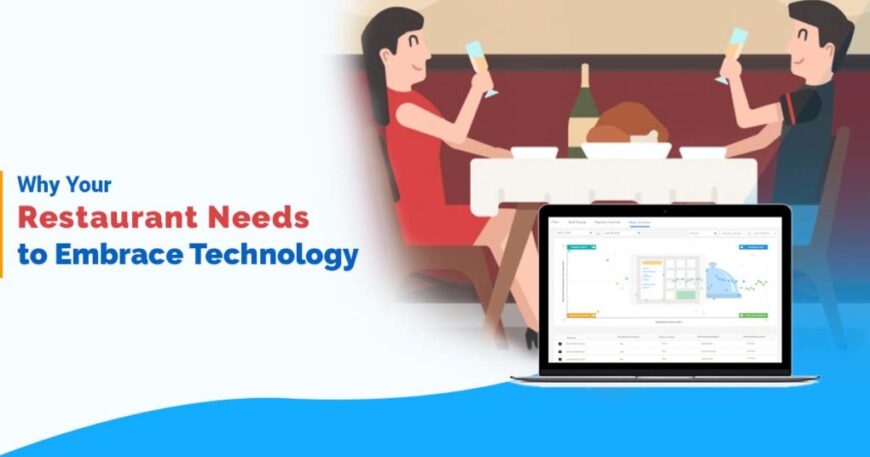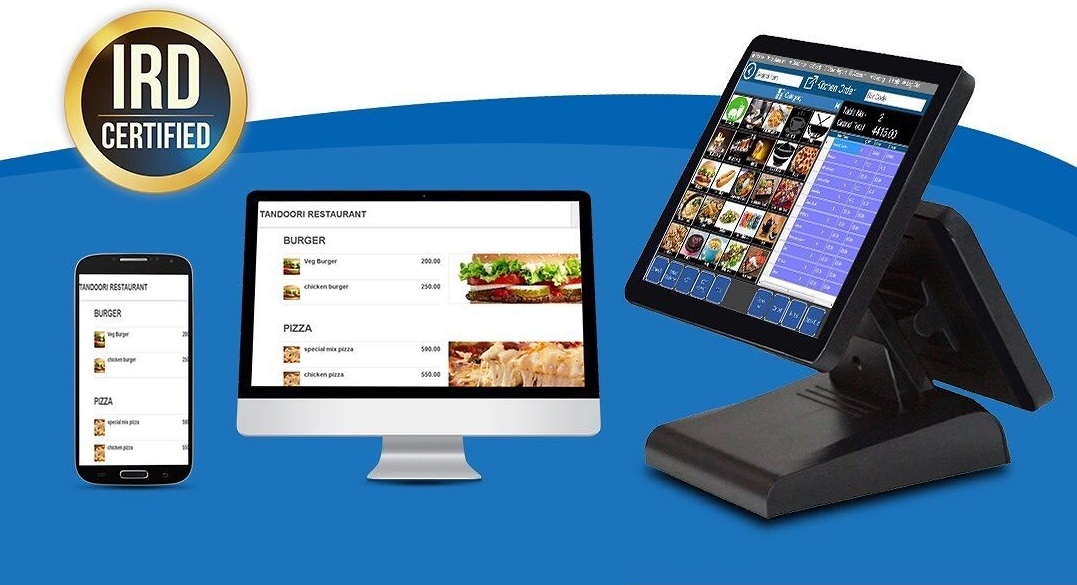The restaurant industry is an ever-growing field, and it requires constant management and new ideas to sustain for the long term. Traditional paper and clipboards can only take it to some extent. Using a restaurant management system can bring eternity, and it helps make restaurant operations run smoothly and efficiently.
By implementing a software system in the restaurant industry, you can also take your restaurant business into the online market. You can integrate social media like Facebook, Viber, Whatsapp, and other messaging services for taking orders online.
Before starting how a restaurant management system helps increase productivity and profit, let’s understand what a restaurant management system is.
What is a Restaurant Management System?
A Restaurant Management System is a software system used to facilitate and automate the working mechanism. It replaces the paper on clipboards, confusing spreadsheets, unmanaged payment sheets, unmanaged records, unorganized inventory, etc.
RMS makes a restaurant more customer-friendly. It does most of the things automatically, which saves time. RMS helps to minimize errors and automate various tasks. Making new menus, signature dishes, advertisements on social media can be easy with the help of RMS,
This article will discuss 5 reasons you need a Restaurant Management System (RMS).
Why Do You Need a Restaurant Management System?
Here are 5 reasons that I came up with to make you realize the importance of a Restaurant Management System.
-
Workforce Management
All information about your employees can be stored in restaurant management software, including contact information, contracts, and payment sheets. As a result, paper documents, disorganized records, and enormous storage areas are reduced.
It also allows employees to update their availability, request time off, book and swap hours, and check their schedules, among other things, all of which contribute to a smooth scheduling and communication process. Any industry’s backbone is its workforce, so it should be managed efficiently.
-
Stock and Inventory Control
RMS aids in good inventory and stock control, and restaurant POS systems (point-of-sale) can assist all sorts of eateries. If your restaurant uses a POS system, you can readily estimate how much food you have purchased and how much you’ll need to prepare the menu items.
You can avoid wasting food and save your investment by properly estimating the food needed, and this is how high-quality RMS helps in a restaurant. You can also program some special occasions where you would need some more food in stock and make an estimate of the cost incurred.
A modern restaurant never relies on sales probability; they use proper inventory management and make good sales and profit. Depending on sales probability can cause unmanaged inventory and empty stock problems.
-
Sales Tracking
An RMS incorporating restaurant accounting features can automatically make daily sales journal entries in your general accounting ledger. It can keep track of all the sales that happen in a day, make a report by the end of the day, and RMS can make restaurant accounting automatic.
This automatic and accurate entry lets you instantly analyze sales reporting and review enhanced business analytics. A restaurant management system also assists you in examining your accounting to guarantee that your restaurant’s growth is on track.
-
No Wrong Orders
When waiters take orders, they can mix orders or sometimes mistake the number of customers ordered. These kinds of mistakes make customers unhappy and reduce restaurants’ profits. By using an RMS, you can automate the order-taking process.
You could give each waiter a tablet or an iPad and let them hand it over to the customers themselves. The customers will then select whatever they want from the menu. Once everything is fixed, the waiter can directly send the order to the kitchen.
The Restaurant Management software does the rest of the tasks like tracking table numbers, tracking order ID, making bills, calculating tips and tax, etc. Doing this can minimize mistakes and wrong orders to a great extent, make customers happy, and increase restaurant profit.
-
Eliminates Manual Invoicing
The correct restaurant management system will automate obtaining data from invoices and receipts, saving you time and effort. An RMS frees you from data entry and allows you to focus on other tasks.
The system will automatically track the orders for the respective table and calculate all the values for making an invoice, and it saves time and effort in calculating.
Within 24-48 hours, the software captures and organizes line-item purchase data. Data is immediately available for live cost reporting, and invoices and payables are automatically transmitted to your existing accounting software.
Conclusion
An RMS system can make restaurant operations smooth and efficient. It can be used as accounting software, employee management software, order taking/tracking software, invoicing software, etc. Using RMS can increase food costs per menu item.
It can keep track of all ingredients and their consumption so chefs can order ingredients as per the menu items. Nowadays, every modern restaurant uses an RMS of its own, and RMS is why modern restaurants have been running smoothly for so long.
There are lots of options for a Restaurant Management System. You can get one customized for your restaurant or use some free ones. Investing in an RMS system can improve your restaurant business and make it run for the long term.
SMTech Provides the Best Restaurant Management System in Nepal with affordable pricing.




